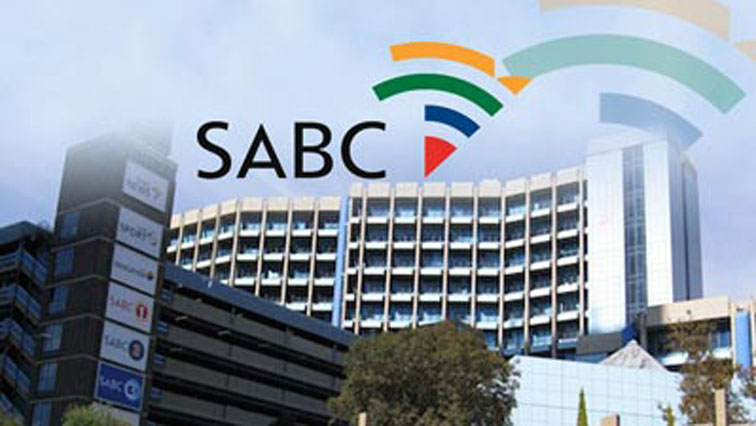The last time domestic cricket appeared on free-to-air television in South Africa was when Benson and Hedges were the title sponsor of the List A tournament in the early 1990s – and T20 cricket hadn’t been invented yet, writes JAMES RICHARDSON.
At that time, the South African game was undergoing the beginnings of massive change. The game was becoming professional, where it had been strictly amateur until just a few years before – and the previously racially segregated boards had just merged.
When M-Net and SuperSport acquired the rights to domestic cricket, it was a popular product in great demand. Provincial teams boasted overseas professionals like Desmond Haynes and Malcolm Marshall.
With the shift to professionalism came pay TV and an introduction to a more demanding client base. The List A competition was shortened to 45 overs per side to better accommodate TV in the mid-90s.
Around this time, audiences started to switch off from domestic cricket. Similar drifts away from the domestic scene happened around the world, as more and more international cricket found its way to screens across the globe.
After years on pay TV, cricket administrators are now coming around to the value of free-to-air television, and the effects of using a public broadcaster on participation numbers.
In England, the ECB has hatched a harebrained scheme called ‘The Hundred’, aimed at getting cricket back on the BBC. They will attempt to further shorten T20 cricket to fit into a smaller window.
Cricket South Africa has not had to do that to entice the SABC into broadcasting its new flagship T20 tournament. The reluctance of SuperSport to get on board with the Global T20 League brought a halt to Haroon Lorgat’s time as CSA CEO and effectively harpooned the tournament altogether. It seems familiarity has bred some contempt between CSA and SuperSport and there is a suggestion that the pay TV giant was not interested in broadcasting the new tournament, especially after the board dissolved with an agreement with the broadcaster for a 49% stake in the showpiece.
The breakdown of the relationship with SuperSport may yet prove to be beneficial for CSA. In the SABC, they have a broadcaster who will throw its full weight behind promoting the tournament. The public broadcaster already has a respected team of commentators who cover the Proteas’ home games.
It is unclear how much the SABC has had to pay to broadcast the series and whether the Decision Review System will be available, given the cost of technology like Hawk-Eye or Snicko/Ultra-edge. Anyone hoping for Hot Spot is setting themselves up for disappointment.
The new tournament is set to be based on the existing franchise structure and CSA has asked international players to register interest. The SABC and the cricket-loving public in South Africa will be hoping that some big names are drawn to throw their hats in this ring.
The SABC has expanded its sports programming recently by acquiring rights to broadcast limited English Premier League football matches and they have shown great ambition in agreeing to broadcast this event.
The tournament concept is by no means a surefire success, but on free-to-air TV, it will be seen by far more people than it would stuck behind a DSTV paywall. The move may have been borne of necessity, but could yet prove to be a boon for South African cricket.







